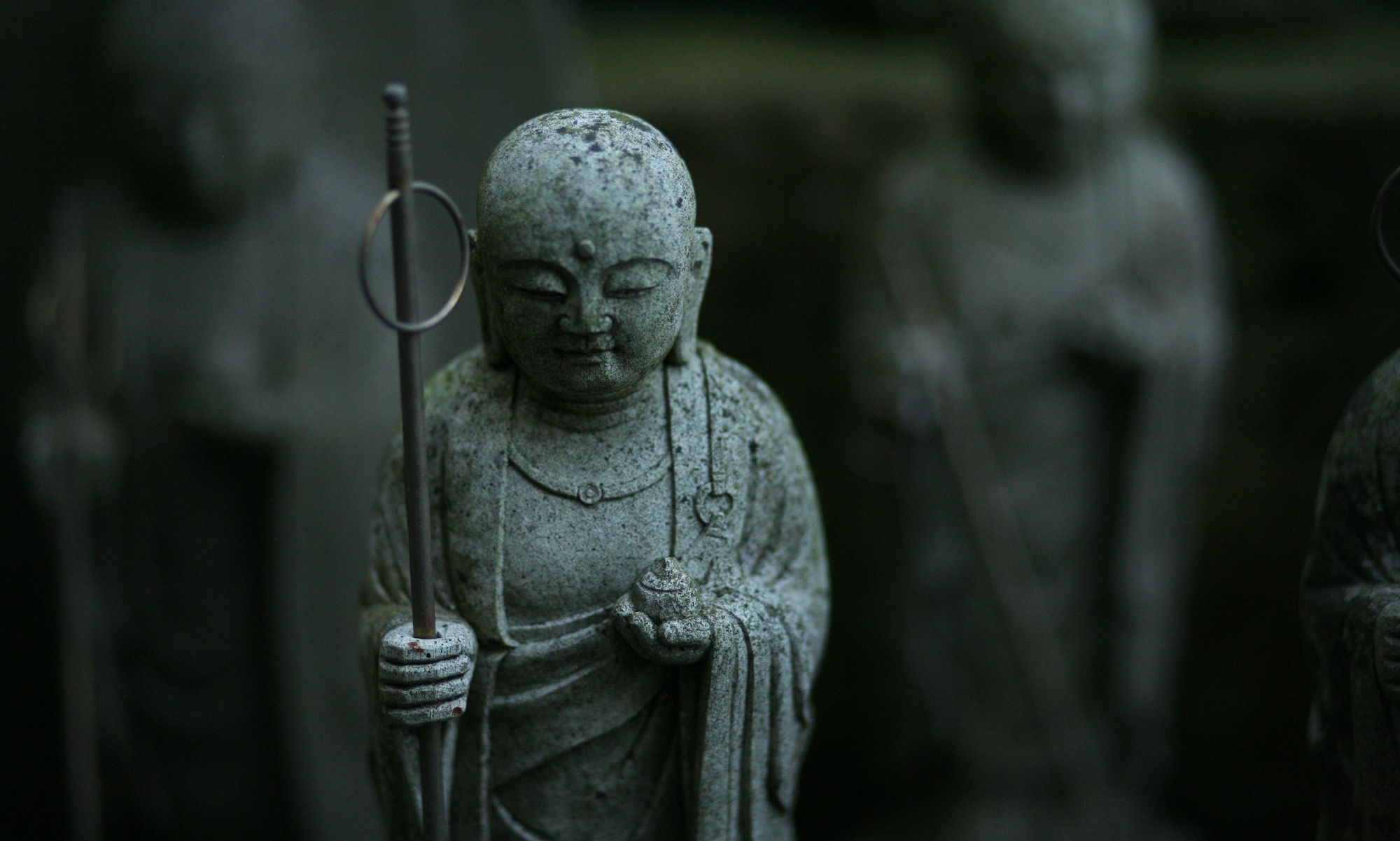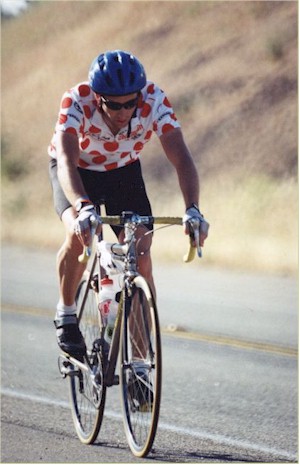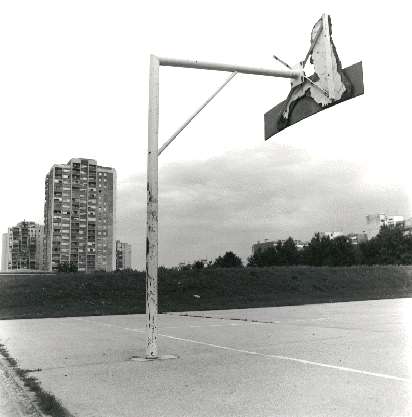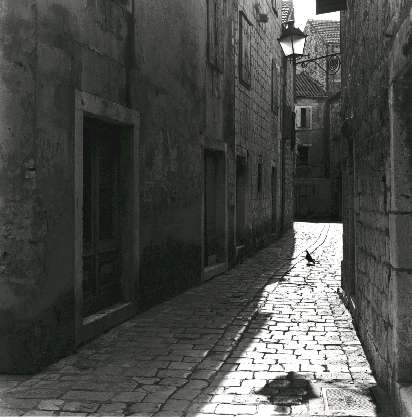Soccer, or football to the rest of the world, doesn’t seem like it needs a spotlight. However, I have lots of questions including how qualification is determined and how do national federations choose who will represent their countries. We have tickets to two men’s preliminary matches, two women’s preliminary matches, and one of the women’s semi-finals.
As an interesting aside, the 1994 Men’s World Cup was held in the US, and I was lucky enough to attend two matches at the Rose Bowl. I can remember seeing Romania versus Colombia, and the star Colombian player, Carlos Valderrama had some very crazy hair. Reading about that game again, I also now remember Gheorghe Hagi from Romania and his 35 yard goal. Then, I was able to see a semi-final match between Brazil and Sweden. I had to do some research to remember the Brazilian star was Romário, but I know the name of the Swedish goalie was Thomas Ravelli. The guy who lined up our tickets for that event might be reading this blog – thanks Harvey!
Sadly, the Columbian defender Andrés Escobar was killed after returning to Colombia, allegedly as a result of an own goal he scored against the United States.
The Men’s World Cup is coming BACK to North America in 2026. I hope I can get tickets to matches in LA in this soccer crazy town.
For the Olympics, men’s and women’s team are represented differently. For the men, the under 23 or below U-23 teams are allowed to participate. There are no age limits for women’s teams.
According to the Regulations for the Olympic Football Tournaments: Tokyo 2020:
- The draw for the final competitions shall take place in principle at least three months prior to the opening match of the final competition.
- FIFA shall form groups for the final competition by seeding and drawing lots in public whilst taking sporting and geographical factors into consideration, as far as possible.
The men’s pool will consist of four Groups, with four teams each. The teams ranked first and second in each group qualify for the quarterfinals. The points scoring in each group is typical of FIFA matches with three points for a win, one point for a draw, and no points for a loss. The tie break criteria are defined in the FIFA Regulations for the Olympic Football Tournaments: Tokyo 2020.
The women’s pool will only have three groups with four teams each. Like the men, the teams ranked first and second in each group qualify for the quarter finals. The remaining two places are filled by the two best third place finishers as determined by:
a) greatest number of points obtained in all group matches;
b) goal difference resulting from all group matches;
c) greatest number of goals scored in all group matches;
d) highest team conduct score relating to the number of yellow and red cards obtained in all group matches and calculated as per step 2 (g) above;
e) drawing of lots by FIFA.
On the men’s side, 16 teams will compete. The allocation is three African nations (U-23); three Asian nations plus Japan (U-23); four European nations (U-21); two from North America, Central America, and the Caribbean; one from Oceania; and two from South America. The North America, Central America and Caribbean entries will be determined in a tournament from March 20 to April 1. The South America entries will be known following their tournament January 19 to February 9.
The men’s teams currently in the field are:
Côte d’Ivoire
South Africa
Egypt
Australia
Japan
Korea Republic
Saudi Arabia
France
Germany
Romania
Spain
New Zealand
Follow the US Men’s U-23 Team as they prepare for earning the right to participate in the Tokyo 2020 Summer Olympics.
On the women’s side, 12 teams will compete. The allocation is one position from Africa, plus the African runner up will participate in an international playoff against the runner up in the South America tournament. Asia will be represented by two teams along with host Japan, with matches on February 3 to February 9, leading to two matches to determine the final two teams. Europe is allocated three teams chosen by the top three European teams from France 2019. North, Central America, and the Caribbean will be represented by two teams determined by the outcome of the qualifying tournament from January 28 to February 9. South America will send one team, plus participate in the international playoff with Africa.
The women’s teams currently in the field are:
Japan
Great Britain
The Netherlands
Sweden
New Zealand
Brazil
Of course, as the reigning World Cup champions, there is a high likelihood the USA Women’s Team will qualify. On January 28, they beat Haiti 4-0 in their qualifying tournament. The knockout round is at Dignity Health Sports Park in Carson, CA, February 7 through February 9. Support the team and get tickets!







